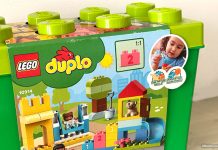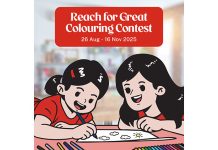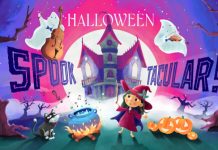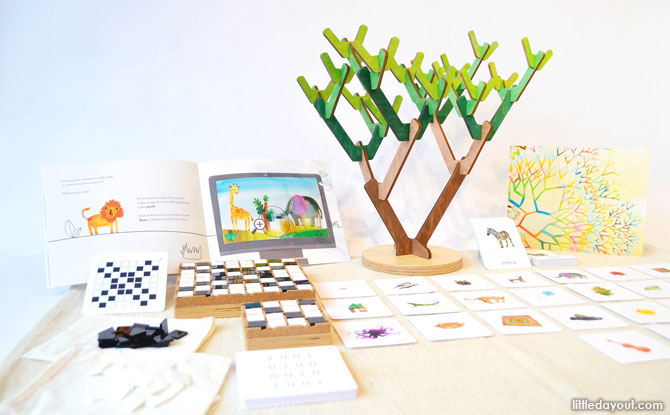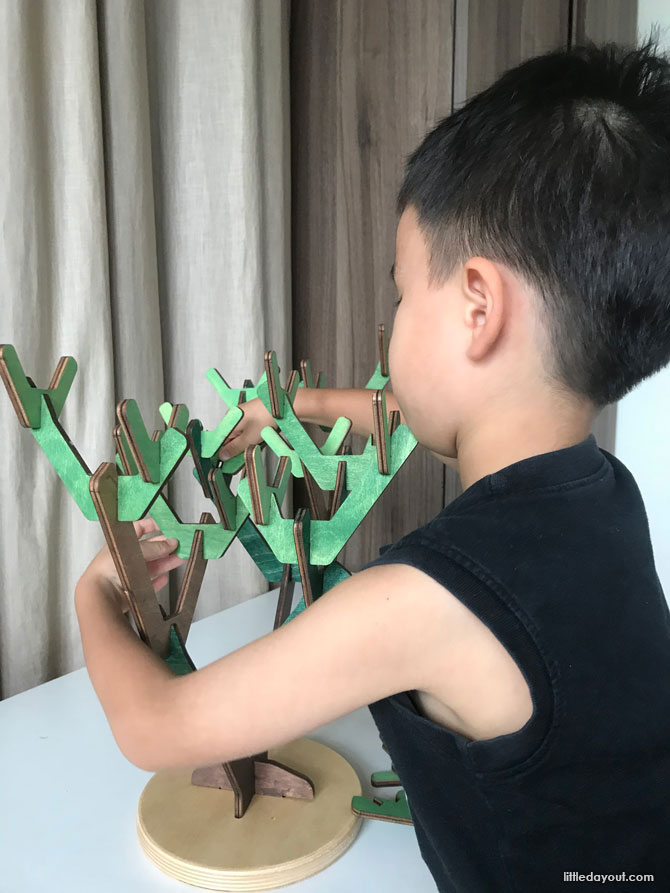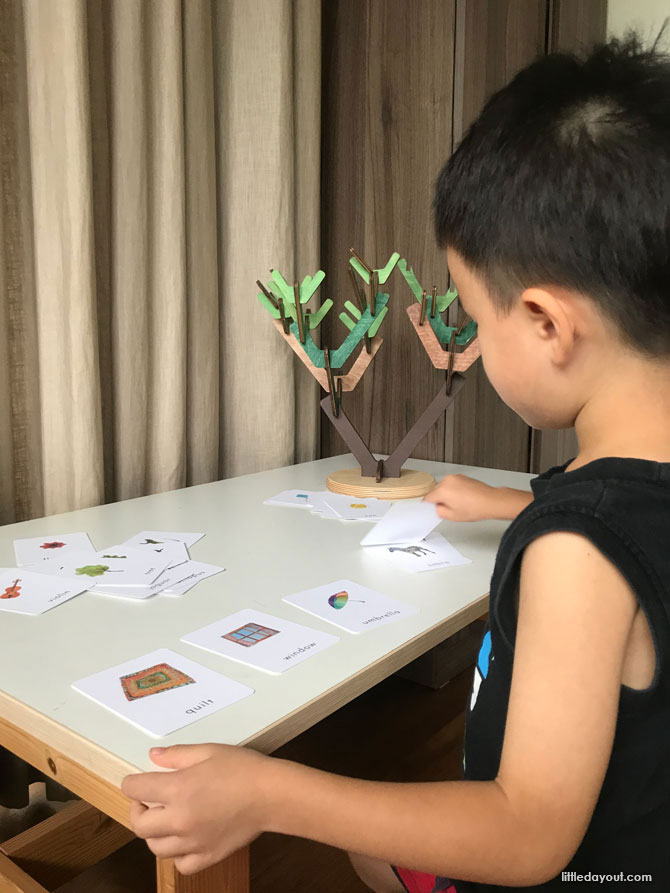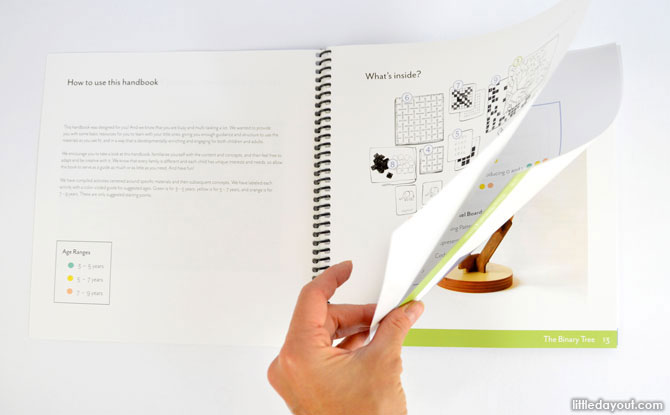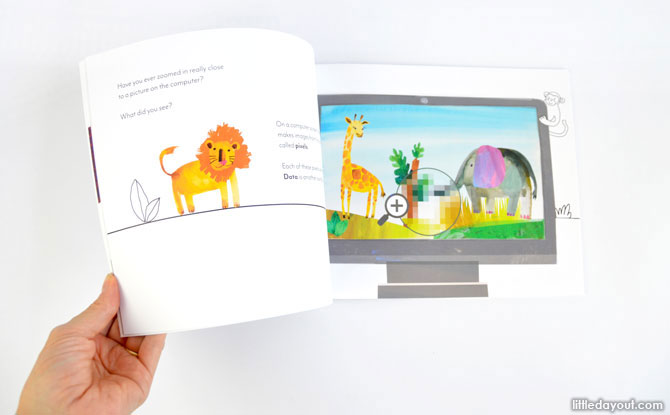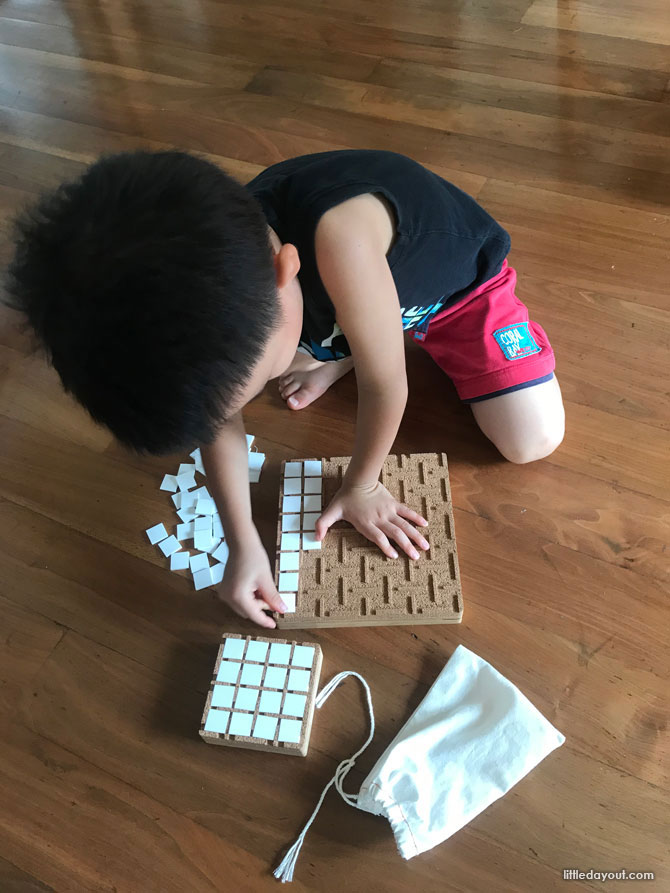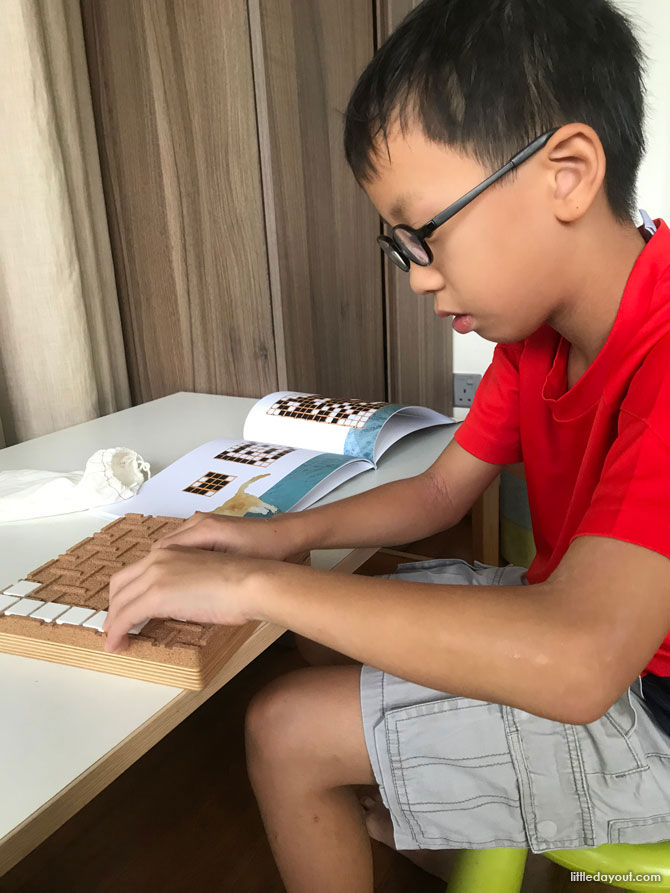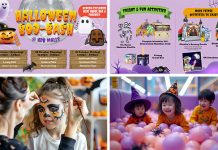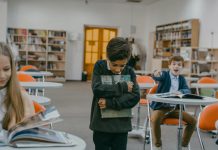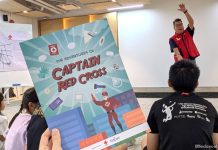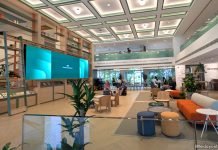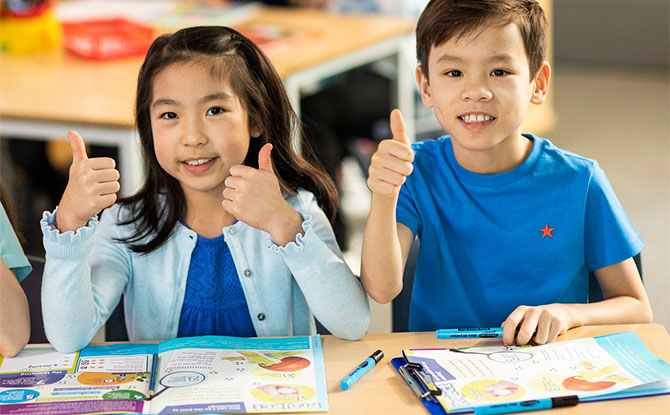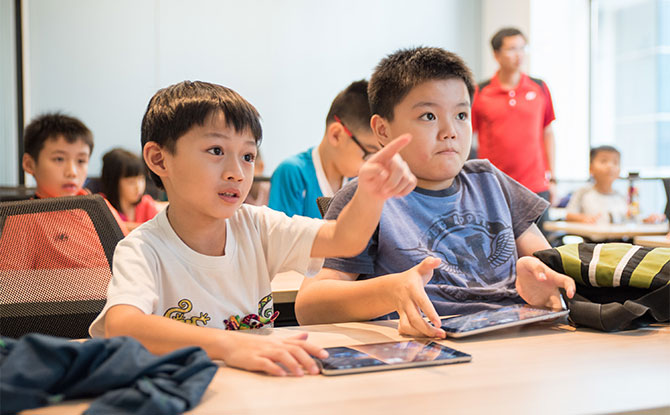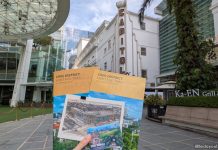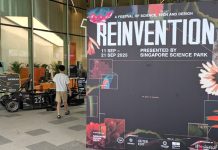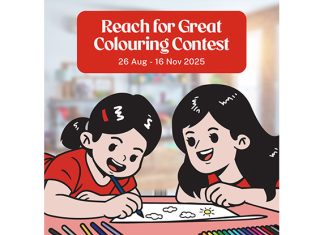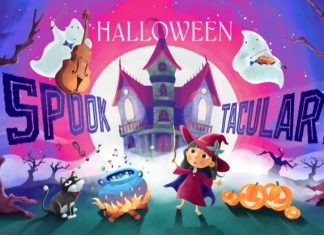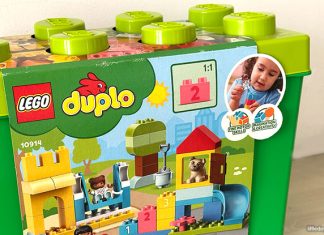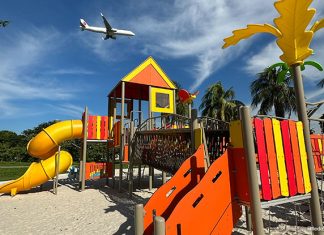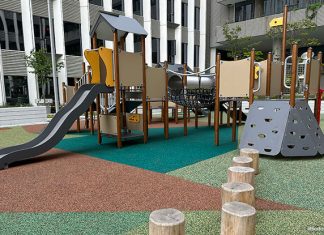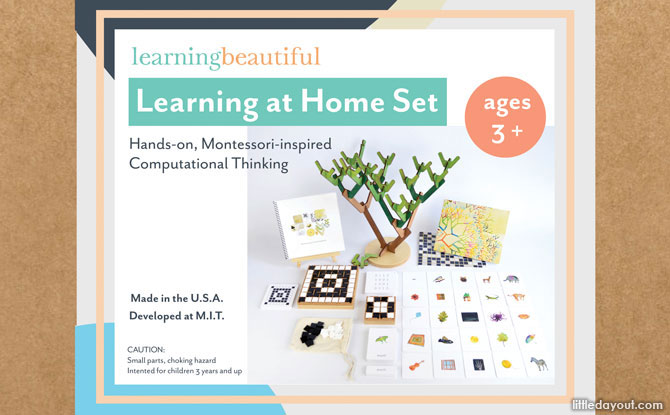
Asked recently by our 9-year-old how computers work, the husband attempted a protracted explanation about bits, bytes and pixels. Whether much of it registered with the questioner was doubtful though, so when the opportunity arose for us to explore the subject via Learning Beautiful’s Learning at Home Set instead, we jumped at it.
Admittedly partial to independent play-based approaches to learning, I was intrigued by the set’s premise – natural and wooden Montessori-inspired tech toys for 3 to 9-year-olds to learn the basics of computer science – without computers. With material developed at MIT by computer scientists, no less, Learning Beautiful’s aim is to enable young children to learn complex ideas – like computational thinking – in a hands-on, timeless and playful way with NO screens!
My curiosity seriously piqued at how the marriage of wooden toys and tech content would play out, my 4 and 9 year-olds and I dove into the set.
MID AUTUMN FESTIVAL: Lanterns, Lights and Festive Fun
GIVEAWAY FOR ENEWSLETTER SUBSCRIBERS: LEGO DUPLO Deluxe Brick Box
Hands-On High Tech
What the folks at Learning Beautiful have essentially done is break down the fundamentals of computational thinking into discrete concepts that children can explore with their hands.
With just three key elements – the Binary Tree, Pixel Boards and Alphabet Cards – the Learning At Home Set allows for exploration into a variety of concepts including data structures, basic coding, sorting, classification, mapping and encryption of information. Of course, the kids don’t need to know any of those terms – they just absorb the concepts as they play their way through a series of hands-on activities involving these materials.
For example, while the binary tree in computer science is an abstract concept, here kids handle a physical, three-dimensional structure, building it up with their own hands, in the process learning about nodes, branching and exponential vs linear growth.
Likewise, how computers represent images with numbers in the form of pixels are physically demonstrated through the tactile use of mosaic tiles on first a small, then a larger cork grid.
And Alphabet Cards, designed like traditional Montessori 3-part cards, are used to play games that illustrate, for example, sorting algorithms.
Enabling the Home Teacher
The simplicity of the material belies the range and depth of learning possible with the set.
The magic is in the gem of a handbook that comes with the set. A step-by-step guide through more than 30 lessons that can be undertaken with the materials in the kit and items found around the house, it emboldened me – with zero computer science background – to undertake my first computer science “lesson” with my captive class of two.
The activities in the handbook were conveniently labelled by suggested age-range and included instructions on set-up, how to play, questions to ask your child and things to observe together – honestly quite foolproof. I daresay personally learnt a thing or two about binary trees myself while at it.
Also included in the set are two beautifully illustrated “playbooks” for the child to introduce the Binary Tree and Pixel Boards. The nine-year-old quickly honed in on the Pixel Board Playbook and after a quick read-through, confidently declared “I know how computers work now,” before settling down to test things out on the large Pixel Board.
Quality That Encourages Play
Learning value aside, another thing I appreciated about the set was the aesthetic of the kit components. In line with the Montessori philosophy where a child’s environment is itself an important teacher, all of the material in the kit is made of safe, natural material like wood, cork and canvas, which Learning Beautifully claims is ethically sourced and manufactured in the USA.
This made it a sensory delight to handle, from the muted graduating colours of the Binary Tree to the satisfying fit of the mosaic tiles nesting on the solid cork Pixel Boards to the thick matt cardstock on which the tastefully illustrated Alphabet Cards are printed. Well-made materials have a way of encouraging play and exploration and my boys certainly responded to these.
Learning Together Over Time
While the material certainly encourages free-play and independent exploration, the true value of this kit can only be reaped with an involved adult coming alongside to guide the learning process. In this sense, the kit isn’t a toy to be handed over to the child, but a tool and an opportunity for parents to engage – sans screens – with our kids as they learn one of the fundamental literacies of this age.
We barely scratched the surface of this kit on its first outing. I can see it having a lot of mileage, with the curriculum covering activities suitable for both my not-yet-reading pre-schooler on one end of the scale and my LEGO Boost-loving primary schooler on the other. It provides the kind of learning a child can grow into, with progressive reinforcement and expansion of concepts as activities are revisited over time.
For the price of a month of coding classes or a few LEGO sets, it would be a good investment or a great gift especially for a family with multiple children in the age range.


